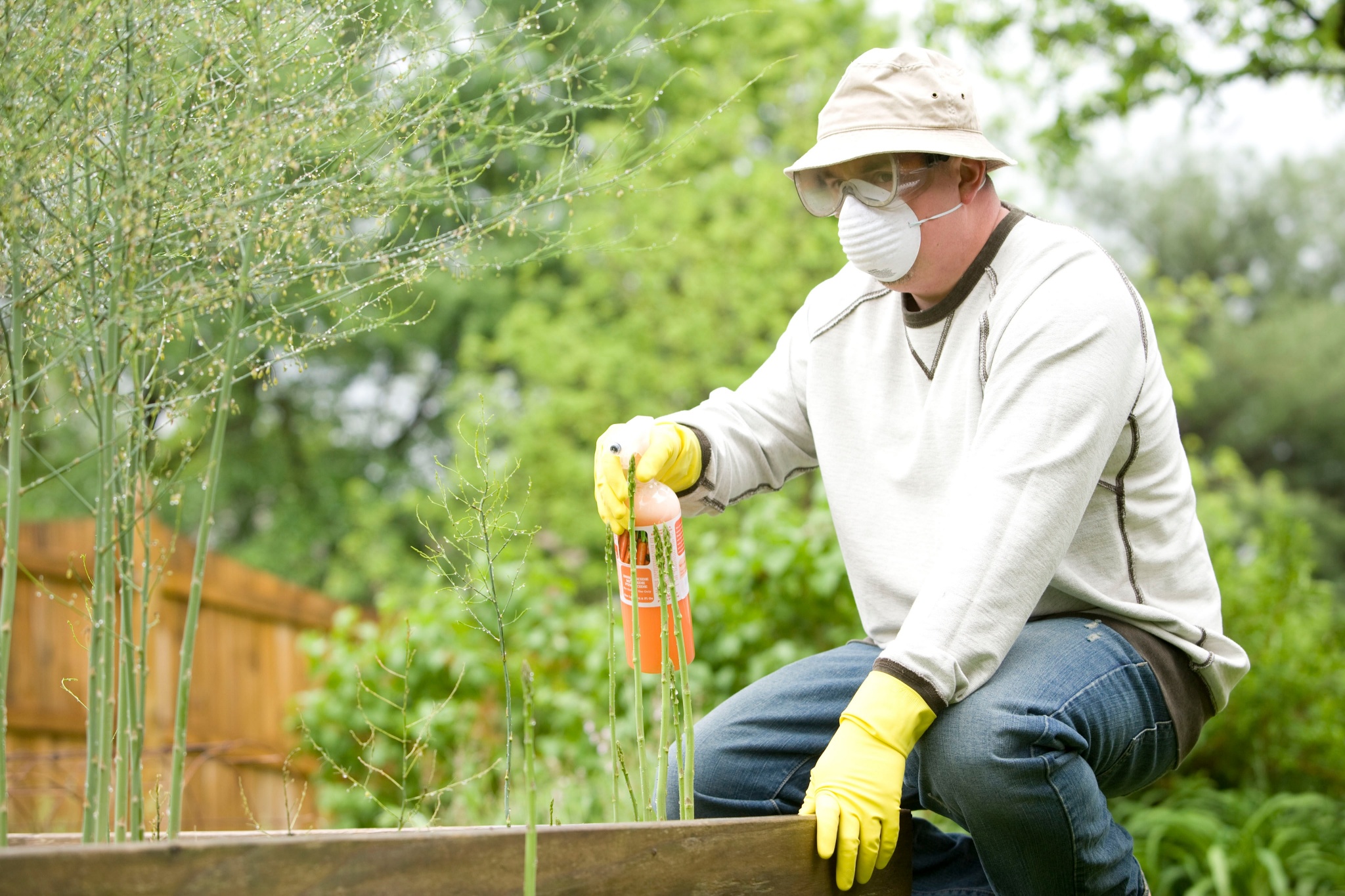Warm weather and moist conditions can result in fungal pathogens and mold growth in your backyard. Mold growth immediately ruins the aesthetic appeal of an otherwise healthy, green lawn. Moreover, mold can be harmful to health — exposure commonly results in sinuses, wheezing, and red or itchy eyes or skin, the CDC advises. If you notice mold and mildew growing in your backyard, there are ways you can control the problem with natural and non-toxic solutions without resorting to harsh chemicals.
Horticultural oils
Horticultural oils are a safe, natural, and effective way of maintaining a healthy, mold-free lawn. This oil is great at both deterring pesky insects (like aphids, mites, and mealy bugs) and keeping fungal diseases at bay. When applied to the mold, horticultural oils will coat and smother the fungi to death. It’s safe for humans and pets and won’t cause damage to the lawn. However, it is a pesticide, which kills both good and bad bugs, so it should be used only when absolutely necessary. The right amount of horticultural oil for your lawn depends on the brand you use and the extent of the mold you want to get rid of. Always use the spray according to the manufacturer's instructions.
White vinegar
Cheap and non-toxic, white vinegar is an acid which kills 82% of mold spores, as well as viruses and bacteria. Plus, you probably already have this common ingredient in your kitchen. All you need to do is pour some white vinegar into a bucket, dip a scrub brush into it, and scrub the mold on your lawn by hand. Or, if there’s only a small amount of mold, filling a spray bottle with vinegar will suffice. Then, empty the bucket and re-fill it with fresh water. Dip a large sponge into the water and wipe down the scrubbed areas. Alternatively, you can use your garden hose. Be sure to throw the brush and sponge away after to avoid spreading the mold.
Preventing lawn mold
Taking steps to prevent mold growth in your garden is easier than trying to remove it once it’s already taken hold. Be careful not to overwater the lawn, which can trigger mold growth. It’s best to water it early in the day, so the sun has time to dry the grass out. Leaving it too late in the day can mean your lawn is left damp overnight, which allows fungus to breed. A lawn irrigation system may be a wise investment if you’re unable or unwilling to water your lawn in the morning. Additionally, avoid over-fertilizing the lawn as this creates ripe conditions for mold growth. Carefully follow the recommended amounts of nitrogen for your lawn and grass type.
If left unchecked, mold and fungus can quickly take over and ruin your lawn. Using a combination of effective natural treatments and preventative methods can keep your lawn healthy and free from unwanted fungus.
